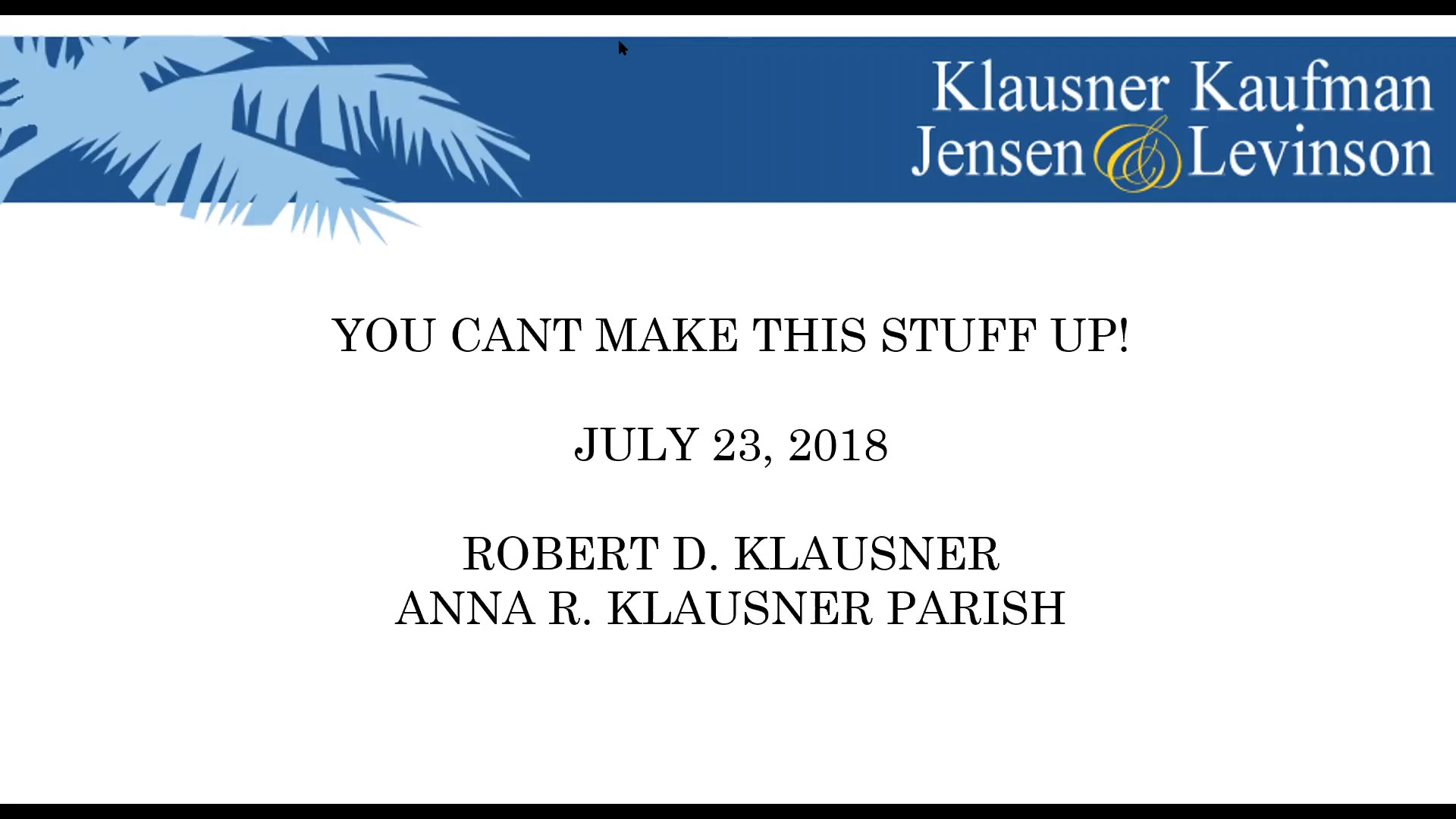Fall 2014
by Robert D. Klausner
For decades, the State of New Jersey intentionally underfunded its retirement systems. As the unfunded liability grew and the State’s credit rating faltered, both the Legislature and Governor recognized that concrete steps needed to be taken to ensure proper funding. In 2010, the State Supreme Court rejected a claim by the New Jersey Teachers Association that failure to fund the retirement system on a sound actuarial basis was an impairment of the constitutionally-protected pension contract. In reaching that conclusion, the Court held that it was exclusively within the province of the Legislature to determine how much funding was enough.
In 2010 and 2011, Governor Christie urged, as his signature piece of legislation, pension reform measures that would effectively trade reductions in benefits and increased employee contributions for a statutory contract to enforce funding. In addition, to specifically address the chronic underfunding, the Legislature adopted, with the enthusiastic support of the Governor, a seven-year pl an to provide additional funding beyond the annual actuarially required contribution.
For the first two years, the Legislature appropriated and the Governor signed a budget bill including the 1/7th annual extra payment. In 2013, however, the state experienced an unexpected decline in revenue and as the end of the 2014 budget year approached was faced with the choice of making the payment to the retirement systems or cancelling other projects. Using an executive order, the Governor diverted the money appropriated for the retirement systems to other governmental uses.
Determined that the situation not repeat itself, the Legislature again appropriated the pension revenue needed and added a tax on the wealthy to fund it for Fiscal 2015. The Governor, using his constitutional line item veto power, disapproved both the appropriation and the tax.
As a consequence, a coalition of state labor and retiree groups filed suit challenging the actions of pension underfunding on a variety of state law and federal constitutional grounds. A motion for a preliminary injunction concerning the Fiscal 2014 executive order was denied because the harm could later be repaired with monetary relief. The challenge over the Fiscal 2015 veto is proceeding to a final hearing on December 15, 2014.
The members and their representative associations are claiming that without the required financing, the pension contract, recognized by the State Supreme Court years earlier as deferred compensation, would be meaningless. The state is defending the impairment of contract claims with the State Attorney General contending that the pension funding law is an unconstitutional impairment of the Governor’s veto power. Additionally, the state is contending that any impairment is legally excused because it was “reasonable and necessary” to support critical state needs. The Boards of Trustees have also authorized suit against the state under common law trust theories. At the same time questions have arisen as to whether the benefit reductions which were coupled with the increased state contributions, can themselves be valid if the funding requirement isn’t binding.
The general rule of jurisprudence which has developed in the United States is that money dedicated for pension purposes cannot be diverted to other expenditures. State courts in New York, Louisiana, Florida, Wisconsin, Colorado and Alaska have reached this conclusion on the basis that pension benefits depend on promised contributions to keep the promise of a secure retirement from being illusory. Two states with explicit guarantees of a contractual right to a pension, Illinois and Kentucky, have state supreme court decisions decoupling funding from the pension contract. Not surprisingly, both state retirement systems face severe financial challenges as a result of a conscious program of underfunding.
In 2013, Illinois reduced state retirement benefits but attempted to offset the constitutional effect with a lower employee contribution and a waiver of the sovereign immunity concerning funding which the State Supreme Court had recognized in the late 1990s. The state’s theory is that the pension contract can be altered if the changes are offset with comparable benefit increases. The judicially enforceable promise of funding, coupled with an increase in state contributions is offered as the primary defense to suits claiming impairment of the pension contract. That case is headed toward final trial court resolution in late 2014 and, regardless of the result, is likely to be settled in the Illinois Supreme Court
In the final analysis, fulfillment of the pension promise requires a combination of employee and employer contributions coupled with consistent investment return on assets. When the employer intentionally withholds its required share, the viability of the pension promise becomes increasingly perilous. For the judiciary, the task will be to balance the constitutional property and contract rights of participants, with the natural reluctance of courts to curtail the relative powers of the legislative and executive branches of state government. New Jersey’s saga is rapidly unfolding. The final chapter, which will be written in the State Supreme Court, will determine the long term security of generations of New Jersey public employees.
Link: Download
